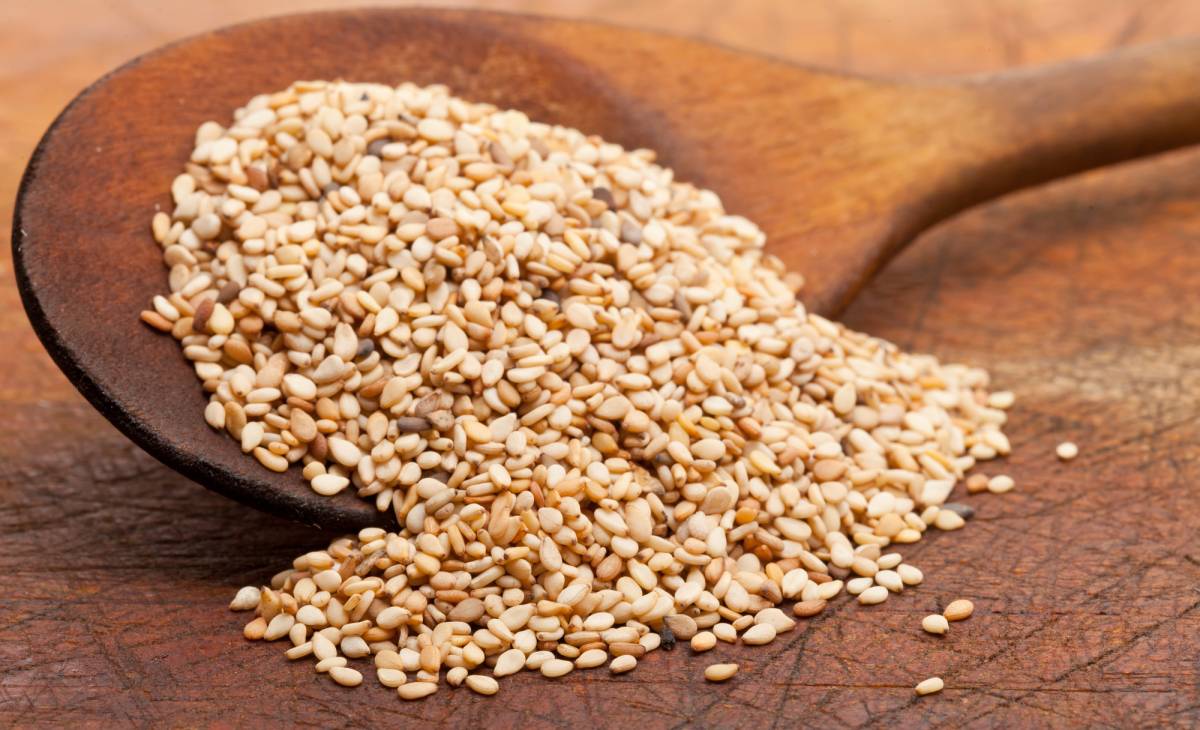Ethylene oxide: the German Federal Institute for Risk Assessment gives reference doses for sesame seeds
The first report of ethylene oxide contamination in Indian sesame in Belgium was over a year ago. According to the European Commission, defining a safe concentration-threshold value, that is a number below which its presence may be deemed innocuous, is not feasible. While agreeing with the European stance, the German Federal Institute for Risk Assessment (BfR) goes a step further by giving reference doses, at least for sesame seeds.
In fact, there is a sesame alert in Germany, and any interaction between ethylene oxide and food is banned, but its use as a biocide is allowed in some situations. The BfR specialists utilized a method established by EFSA called the "big assessment factor" to identify relevant criteria, which helps to assign priority related to the hazards associated with a drug depending on its usage and the urgency of the issue. After a thorough review of the literature, the BfR determined that this value exists and is equivalent to 0.037 micrograms per kg of body weight each day. It is, indeed, a low concentration, and as such, it is linked with a low degree of danger.
However, the authors clarify that defining a relative safety value does not imply providing a value below which the use of the chemical in food items is permitted. Furthermore, in accord with EFSA, it is underlined that no concession or deviation from European prohibitions is permissible since ethylene oxide is and will remain too hazardous.
Source:
https://www.bfr.bund.de/cm/349/health-risk-assessment-of-ethylene-oxide-residues-in-sesame-seeds.pdf






















